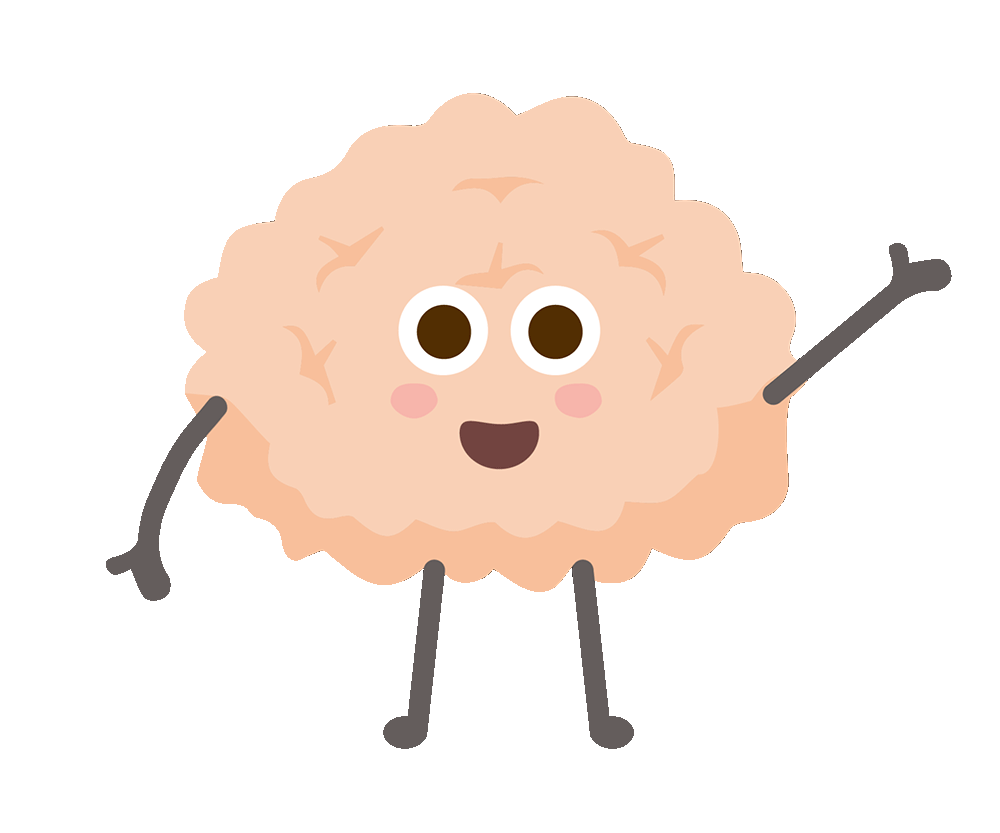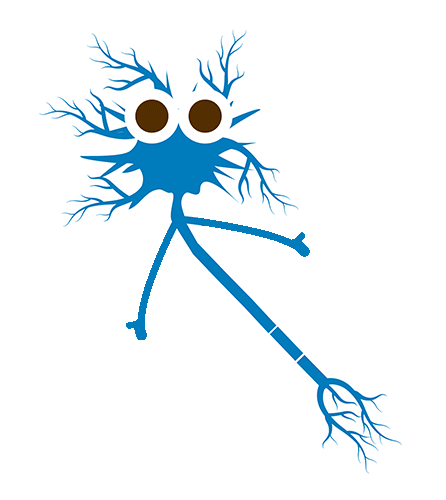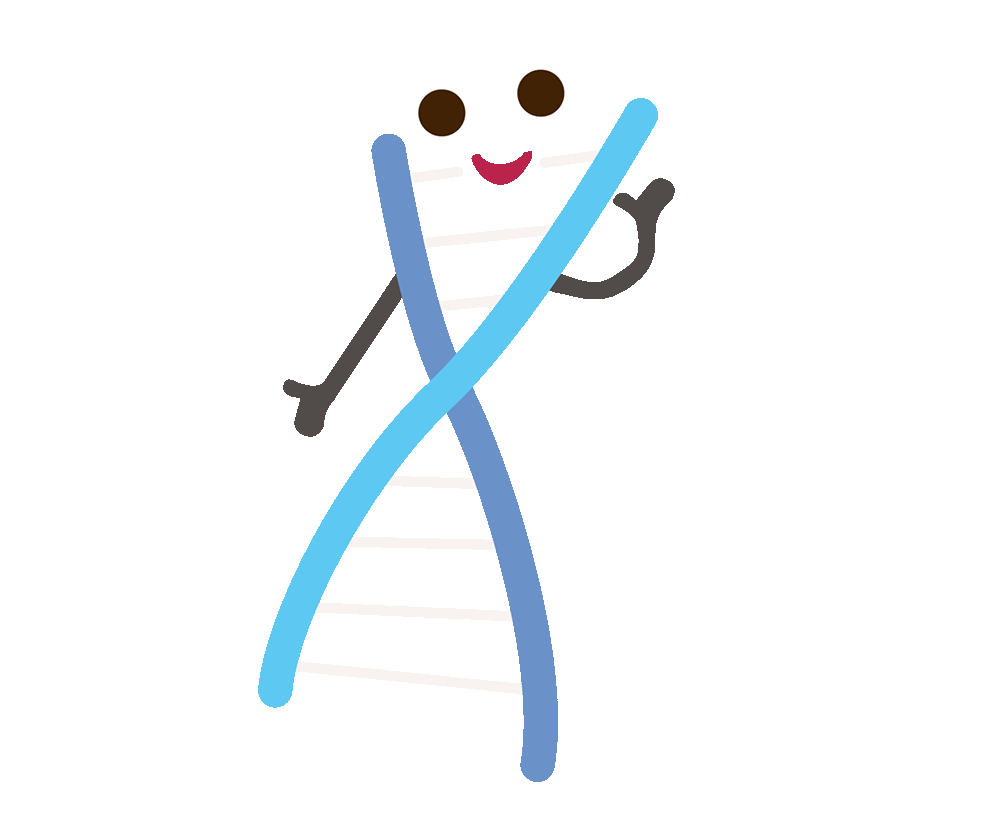
Bodies and cells

The amazing way your body and cells work

Our bodies are made of 2 trillion tiny building blocks called cells. Just like toy building blocks, cells come in many shapes and sizes depending on what they need to build. Some come together to make our bones, muscles, heart, lungs, eyes, or skin. Each cell does its part to make our body work.
Nerve Cell

Skin Cell

I’m used in the structural framework for animal tissues, and play a critical role in wound healing.
Fibroblast
Cells



Muscle Cells



Every one of us starts as a single cell. Copies of this one cell are made through a process called ‘cell division’. One cell becomes two, and then two becomes four and so on.

Buddy!!
Friend!!


After five days, this one cell has produced enough cells to form a bubble-like structure, called a blastocyst. Up to this point, the cells can become many different things and are ‘stem cells’. But they begin to change, starting to ‘differentiate’ or specialise to become cells that will form the head and brain or the heart and other organs. Then over several weeks, the cells divide about 40 times and continue to specialise, and a baby is formed.


Stem Cell Therapy
Embryos contain cells that act like stem cells, which can be turned into every type of cell in our bodies. But did you know that scientists have discovered how to turn back the clock? They can take skin cells from a child or adult and turn them back into stem cells!





League of
SUPERHERO MEDICINE
Welcome
This has created a new field of research called ‘regenerative medicine’. The goal is to use the stem cells created from a person’s own cells to cure genetic diseases that causes loss of eyesight, or brain function, for example.

Body cells that are produced from stem cells may one day be used to replace an organ that is not working for us. No longer will people need a bone marrow or kidney transplant from another person, they can grow their own replacement.






This has a lot of benefits, because it is often difficult to find an organ donor, and there are also problems with ‘rejection’. This is when a person’s immune system attacks the transplanted organ, seeing it as an invader. Stem cells and regenerative medicine can one day change all this, saving many lives.


































